Hardcopies of two volumes of the State Herbarium of South Australia‘s journal Swainsona are now available for purchase.

Vol. 31 contains regular papers of the years 2017/18. The table of contents is available here. Retail price $50.
Vol. 32 is the special volume on Lichens of Kangaroo Island. All species that occur in the region are listed in “An annotated catalogue of the lichens of Kangaroo Island, South Australia”. An overview of this project (3.3mb PDF) that was published in Vol. 30 of the journal is also reprinted in this hardcopy edition. Retail price $42.
Hardcopy of the special volume was officially launched in Hobart by the author, lichenologist Gintaras Kantvilas, in November 2019. Dr Kantvilas is one of Australia’s foremost lichen experts and the Head of the Tasmanian Herbarium.
“This magnum opus presents the results of over 10 years of work on the lichens of Kangaroo Island. During this time, the author undertook extensive fieldwork and reviewed more than 1500 herbarium specimens. The lichen flora of Kangaroo Island consists of 366 taxa, of which 14 are restricted to the island. Ninety-five species are reported for South Australia for the first time, of which 19 are also new records for Australia.
This landmark study is the first to thoroughly examine and document the lichens of the Kangaroo Island. Each species is listed with a short, diagnostic description, many are illustrated with photographs. All specimens used to compile the catalogue of lichens are listed, making this publication an invaluable tool for future research. A brief history of lichenological work on the island is included, as well as a description of the habitats that lichens occur in.”
Published a few months before the devastating bushfires, this volume provides a unique insight into the lichen flora of the island and includes many records from areas that have been burned. It is is also available online (27.9mb PDF).
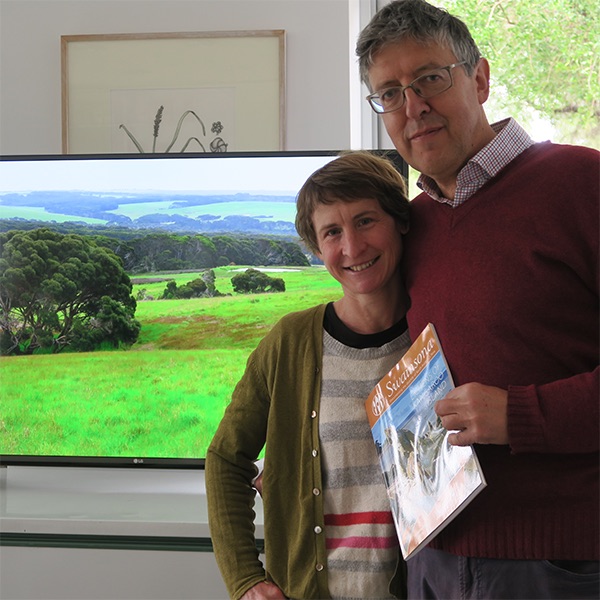
Gintaras Kantvilas and Brigitte de Villiers at the launch of “Lichens of Kangaroo Island” in front of a photo from the island. Photo: G.Kantvilas.
The volumes can be purchased from the front desk of the Botanic Gardens of South Australia, Goodman Building, Hackney Road, Adelaide (phone: 08 8222 9311). Postage will be added, depending on destination.
To access content of all volumes of Swainsona and the Journal of the Adelaide Botanic Gardens since Vol. 1 (1976) online, please visit the journal’s web-site at flora.sa.gov.au/swainsona.

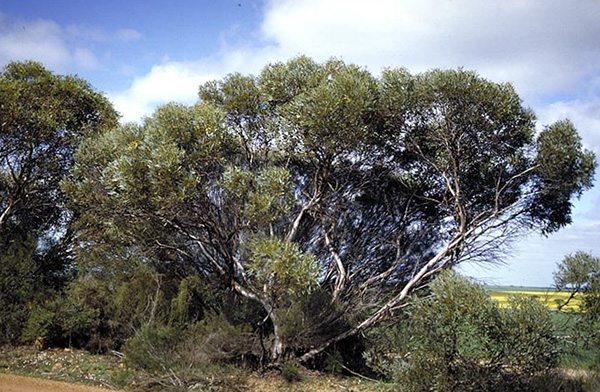

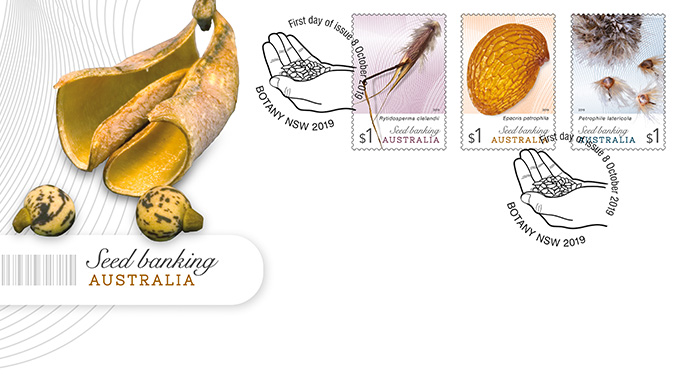
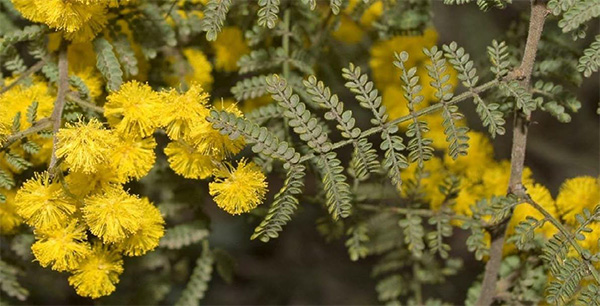
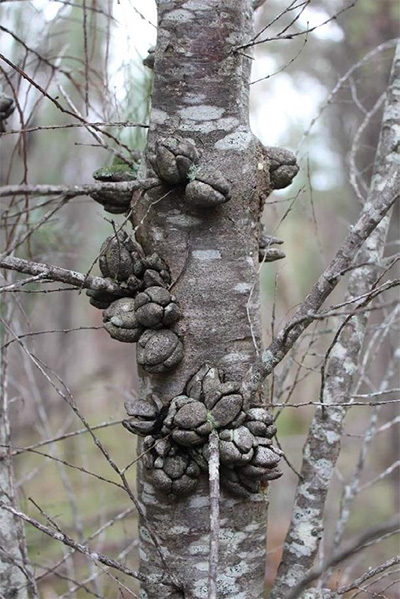
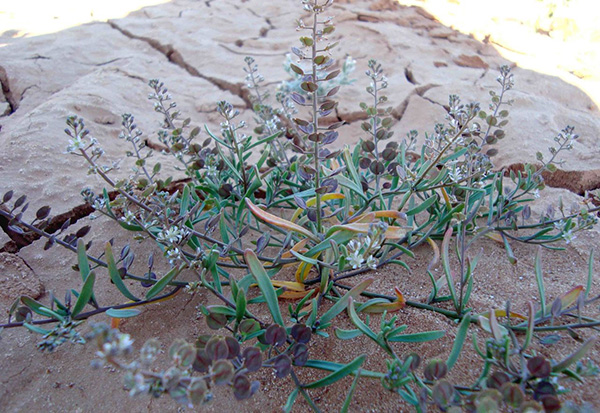
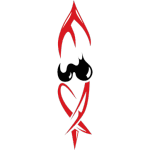
You must be logged in to post a comment.